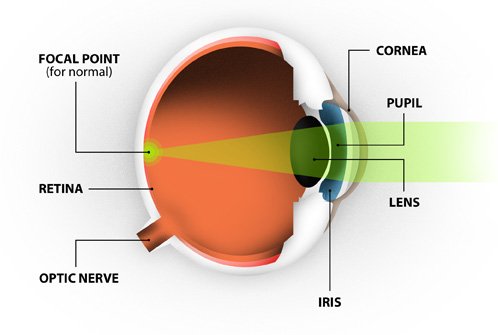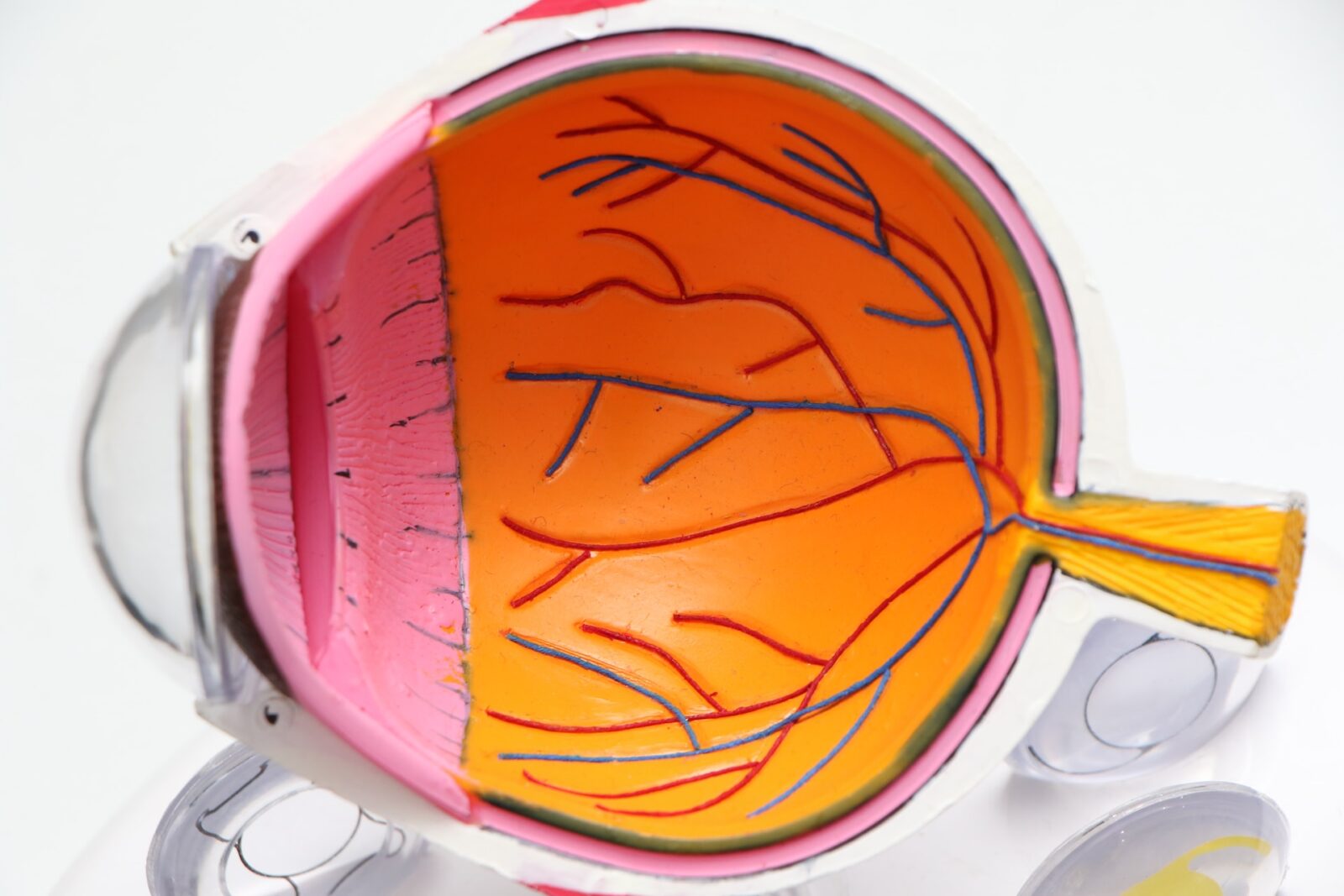Presbyopia is different from other vision problems because it affects everyone, eventually. Our eyes change as we age, and those changes eventually make it more difficult to focus on close objects. Reading can be especially challenging, and presbyopia is the main reason that most people over 45 years of age require reading glasses for up-close vision. LASIK eye surgery centers offer a number of popular options for treating presbyopia, and taking the strain out of close vision.
How Presbyopia Works
When you are a child and a young adult, the lenses in your eyes have great flexibility, which makes it easier to adjust your focus for viewing close objects. Over time, your lenses begin to become more rigid, making it more difficult to focus. Most people will begin to feel symptoms of presbyopia around age 40, though the severity varies from person to person.
- One of the first signs of presbyopia is strain while reading. You may find that you have to hold objects farther away than you would have in the past, in order to achieve the same level of focus.
- Headaches are a common symptom, especially if you do a lot of reading for work or leisure. This is true whether you are reading from a screen, or a sheet of paper.
- The effects of presbyopia grow more severe over time, and most people will have lost significant lens flexibility by age 65.
- Since presbyopia happens gradually over time, it’s not always as easy to notice as other vision problems.
LASIK Eye Surgery Options for Treating Presbyopia
Reading glasses are a common option for addressing presbyopia, but they’re not a fit for everyone. Your work may make glasses impractical, or you may simply want a solution that’s less cumbersome. A number of vision correction options have proven effective for the task, and there is even a special tool for the job.
Monovision LASIK
- Monovision LASIK is a solution for people with presbyopia. With monovision, one eye is corrected for far sight, and one is corrected for close sight.
- The result is similar to what you would get from wearing bifocal glasses. Your eye doctor or LASIK specialist can help you simulate the effects of monovision, to see if it’s the right choice for you.
Presbyopia may affect everyone, but it doesn’t have to mean wearing reading glasses for the rest of your life. Contact a TLC laser eye surgery specialist to discuss your options for vision correction surgery.













